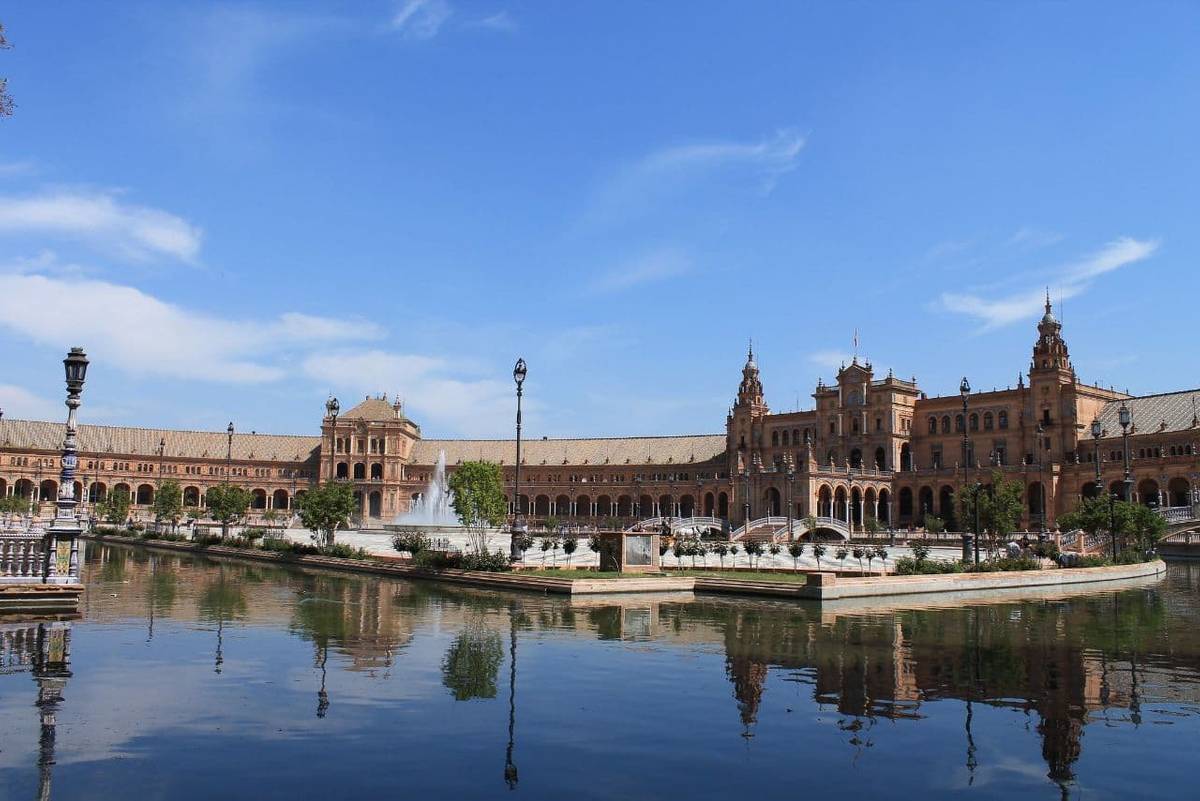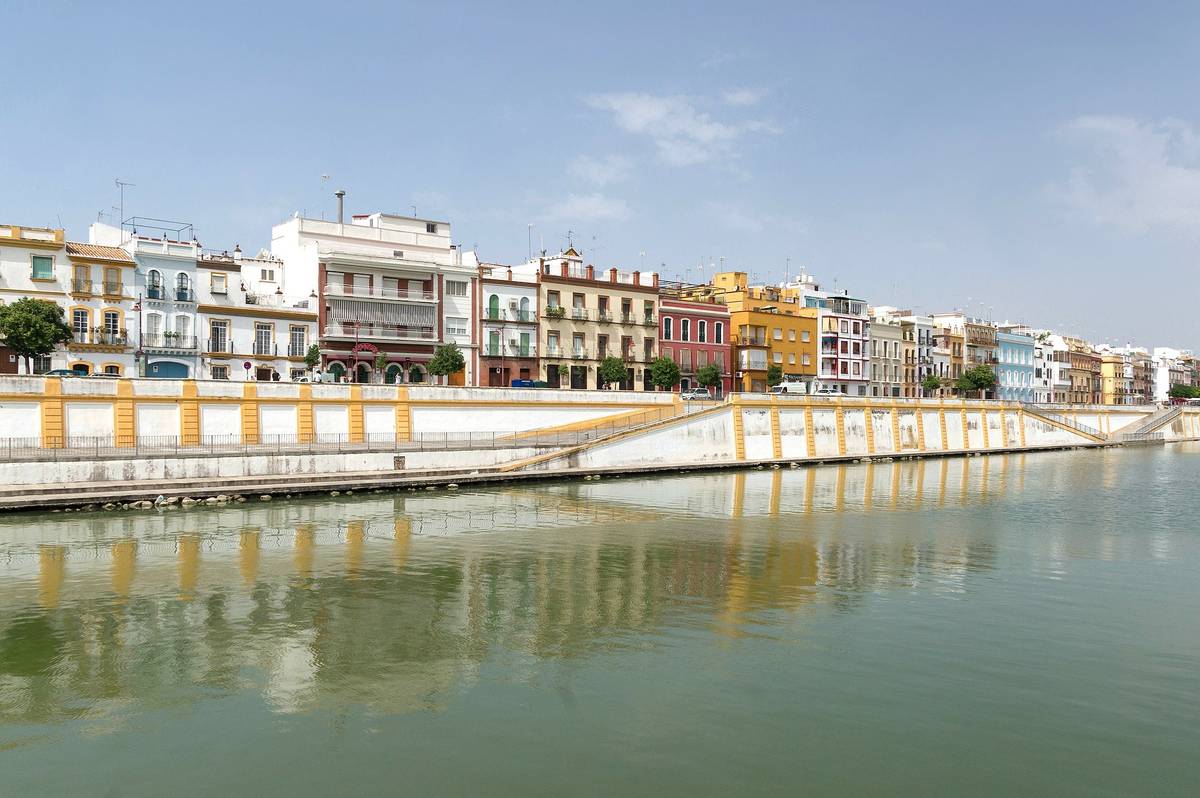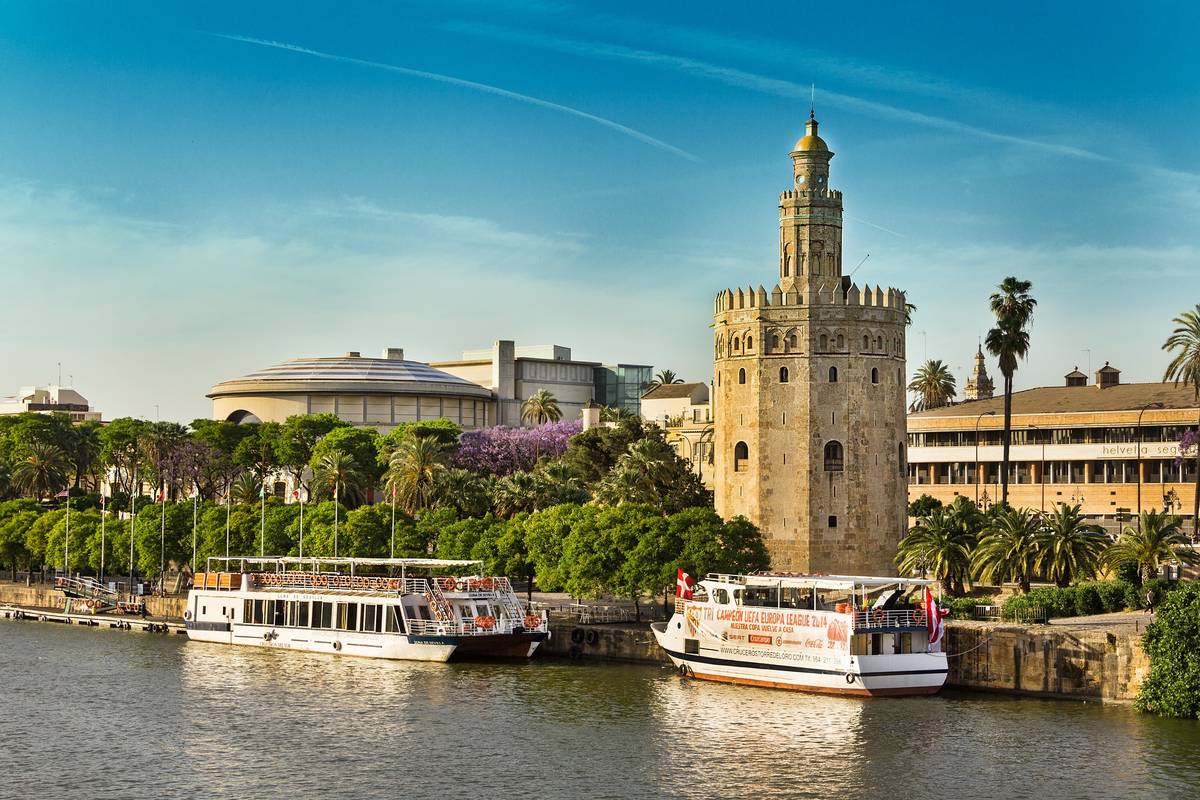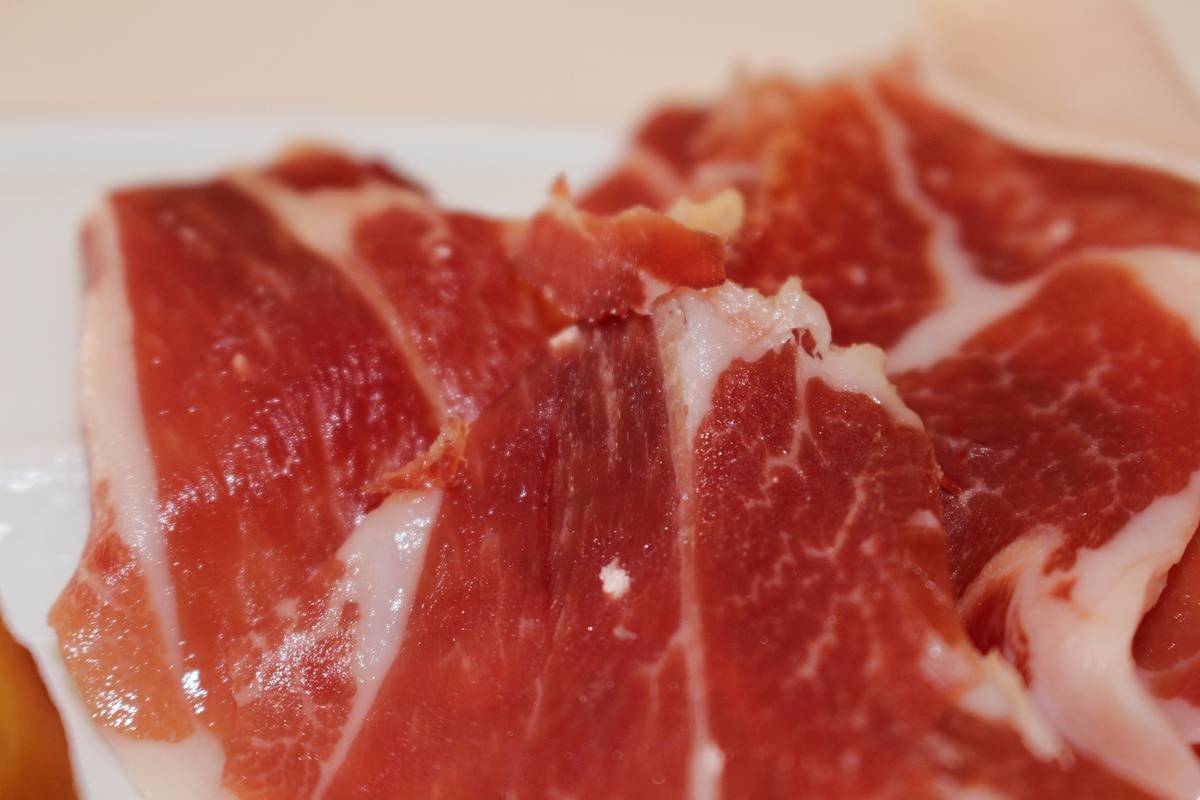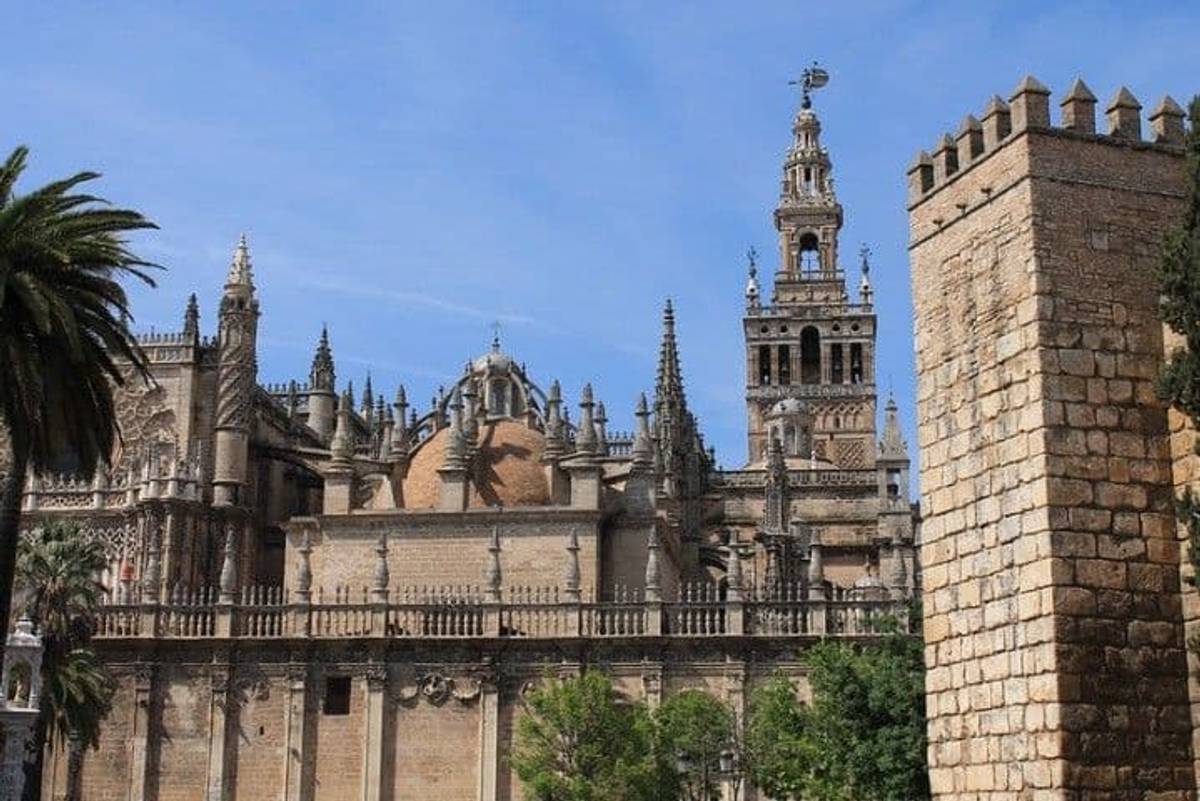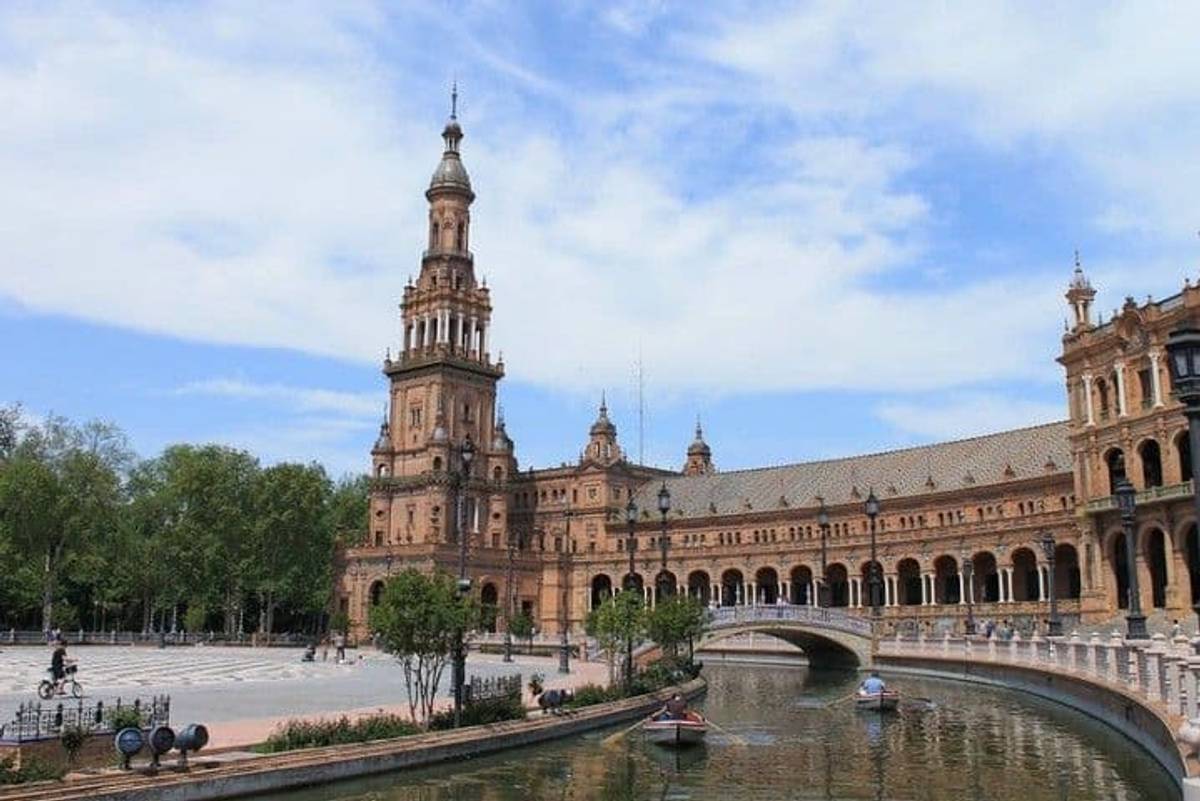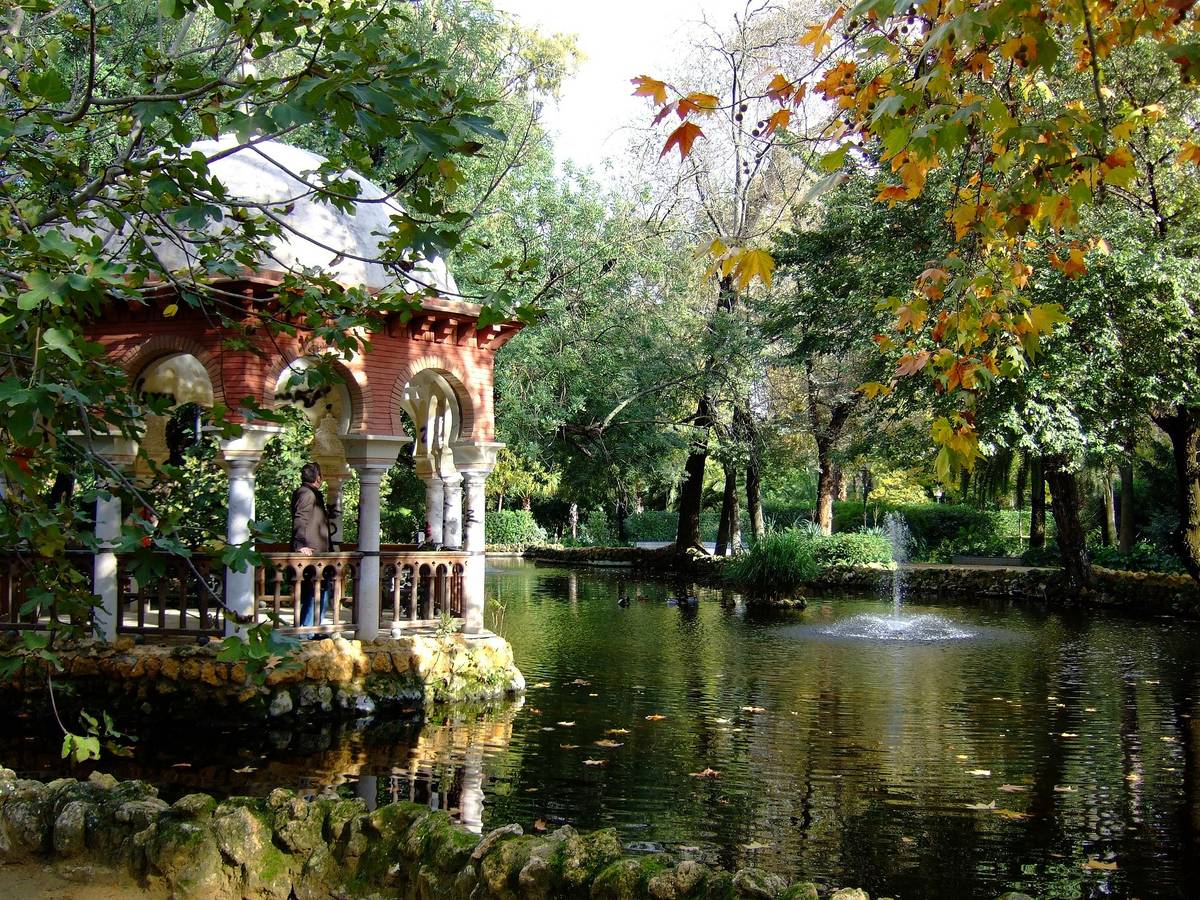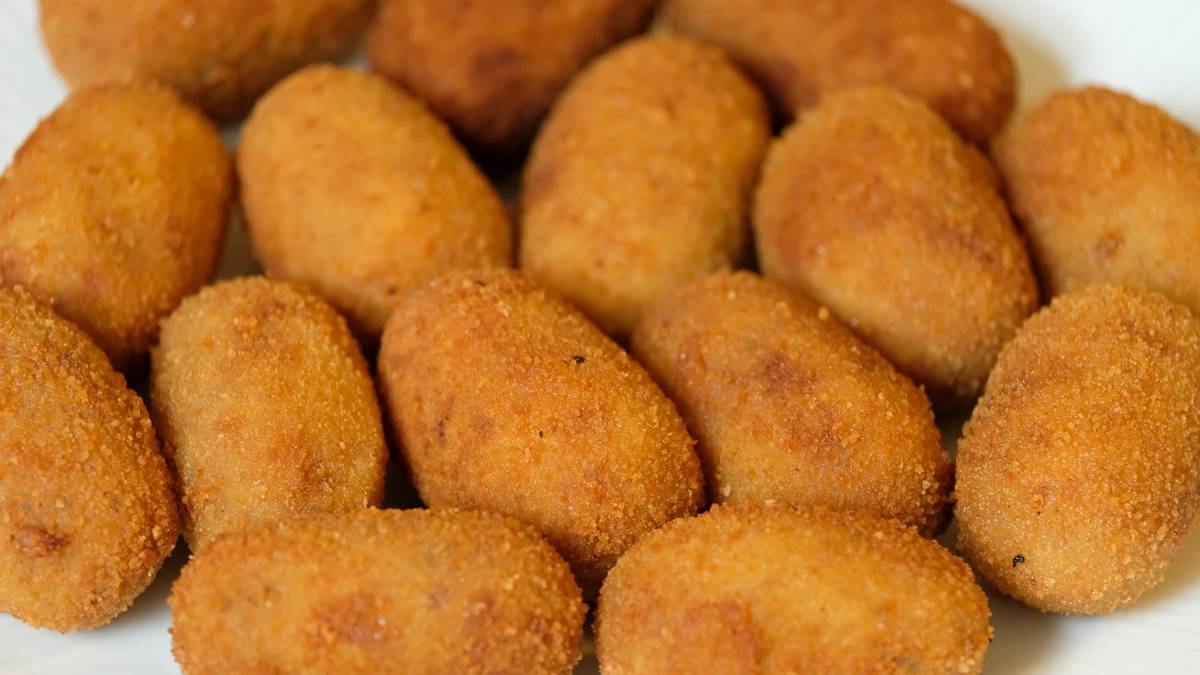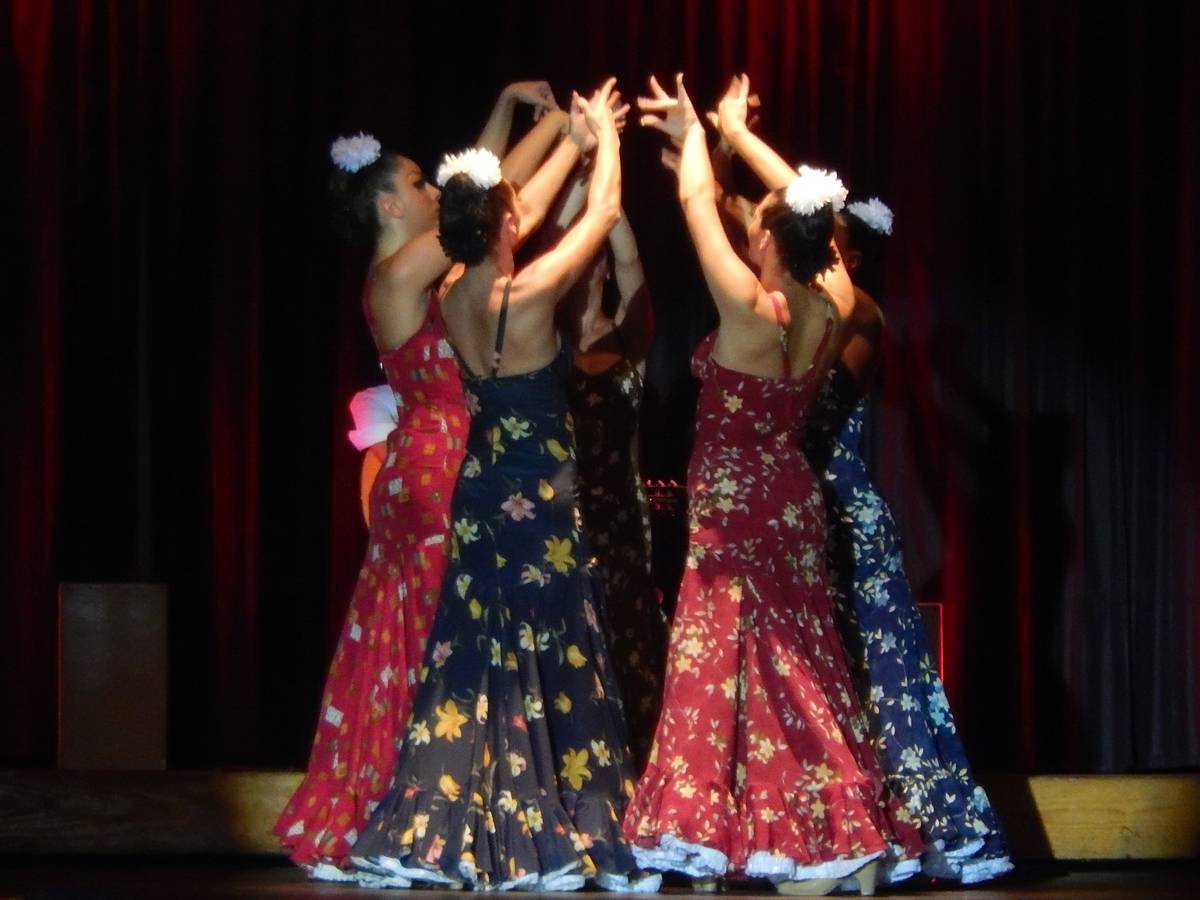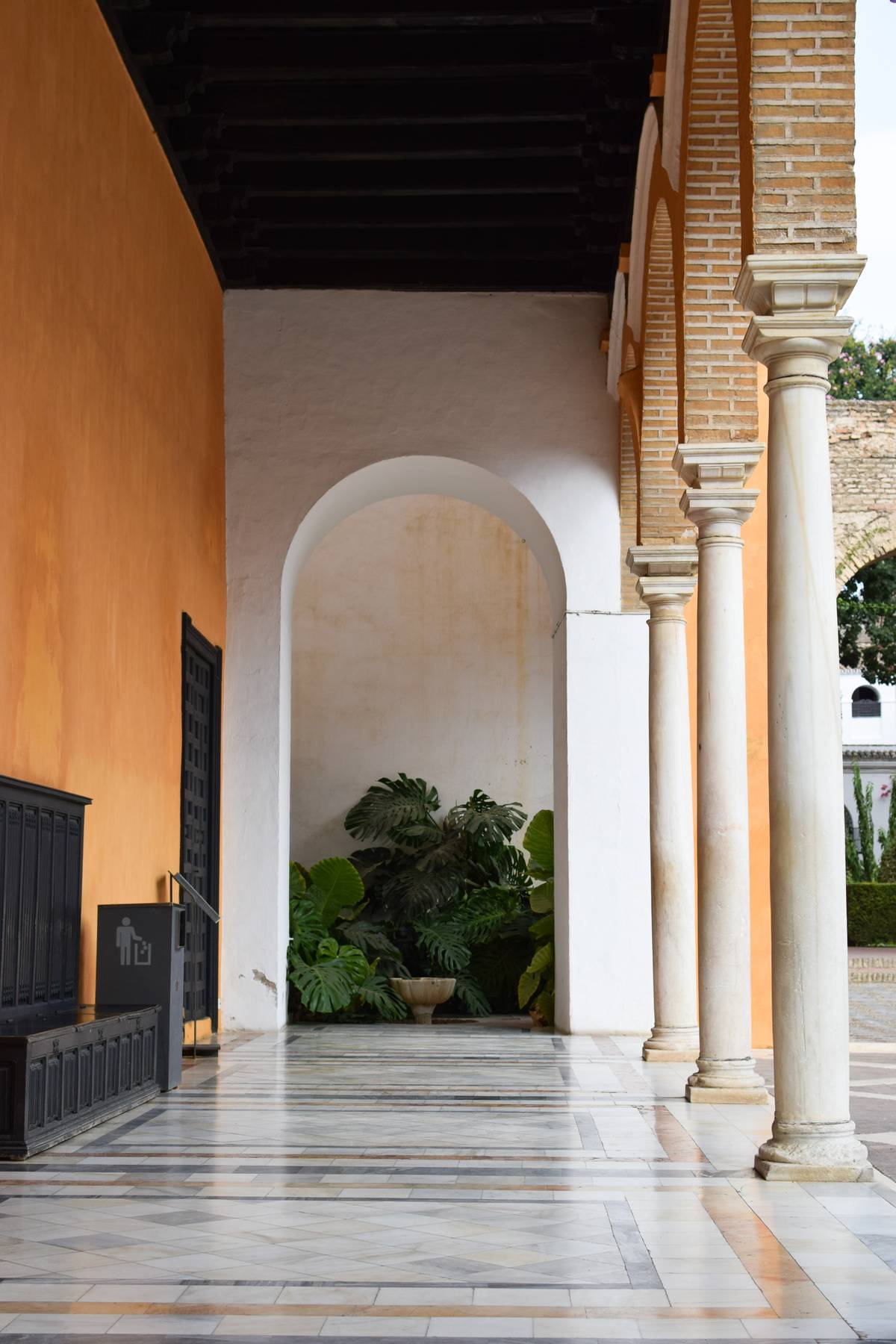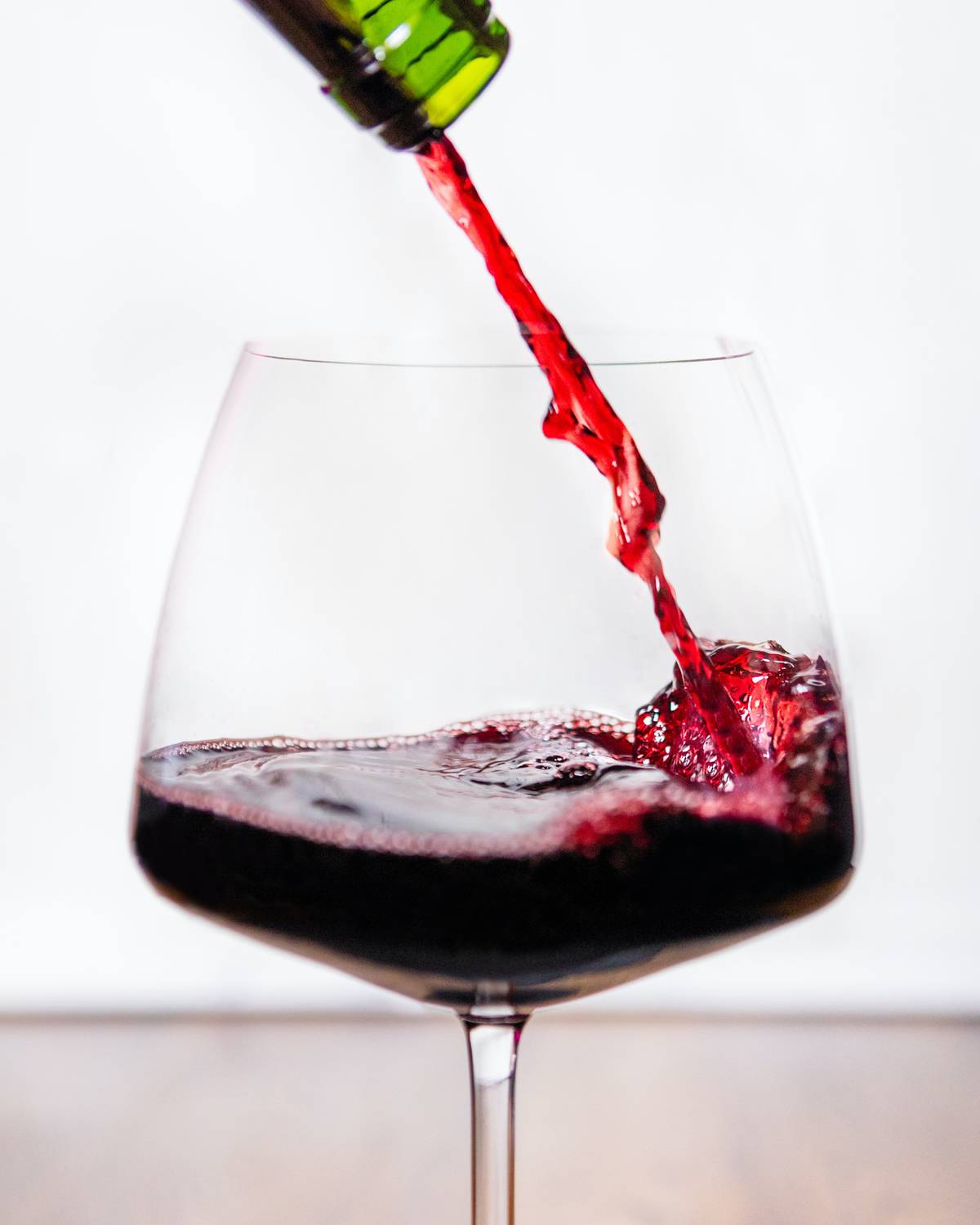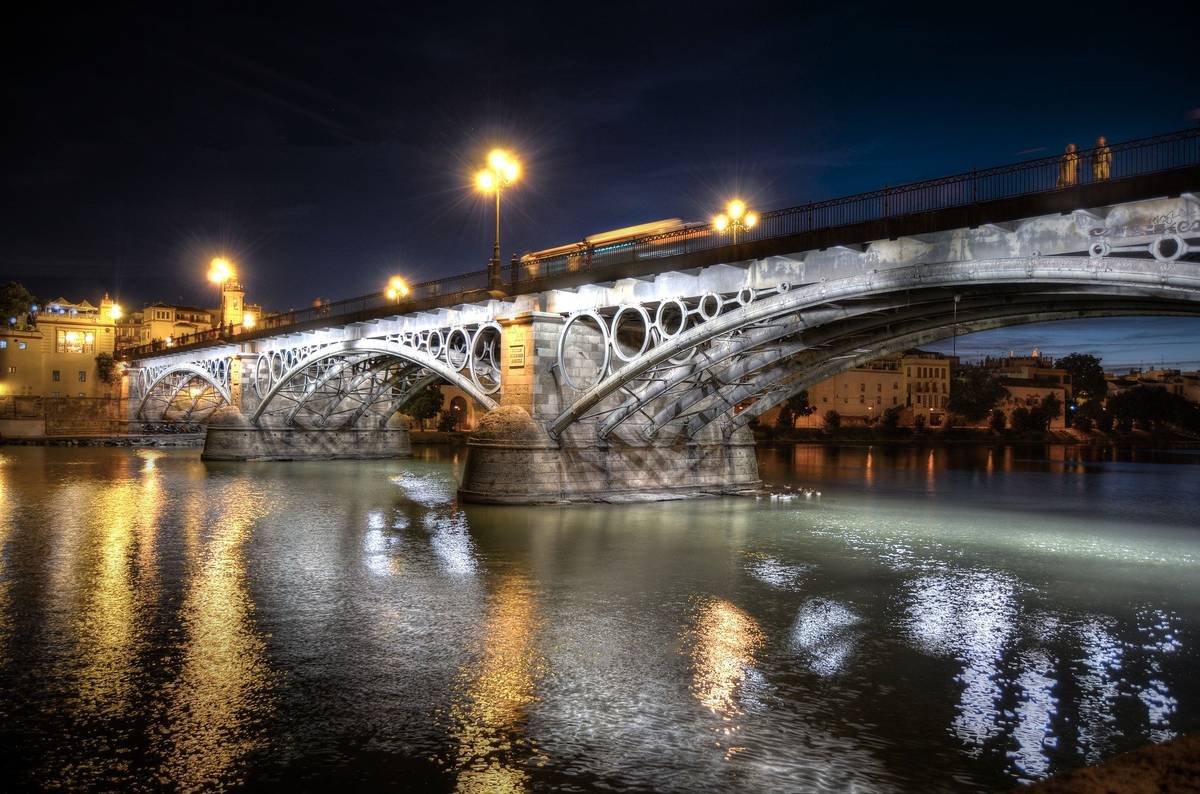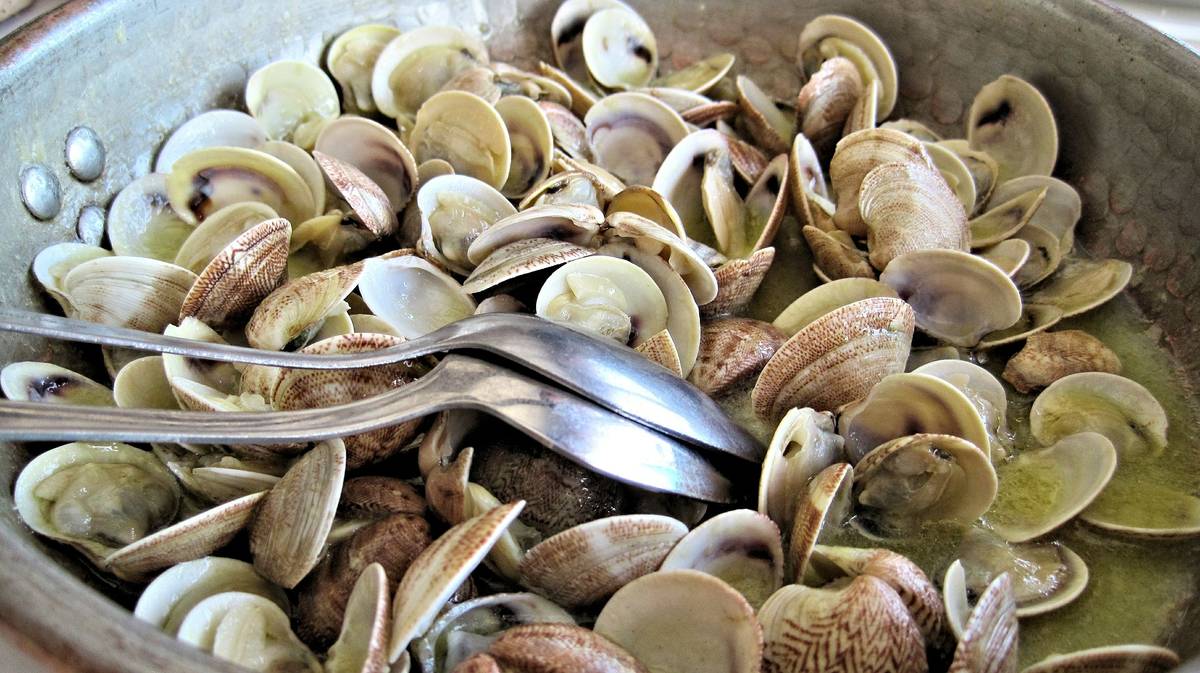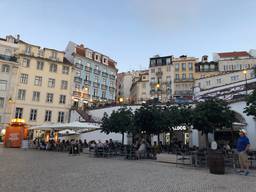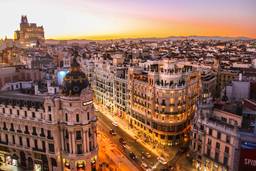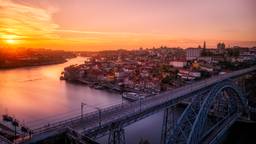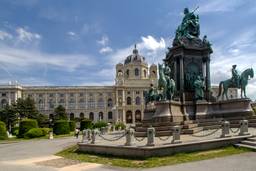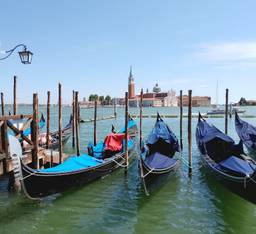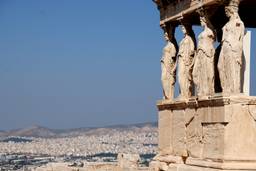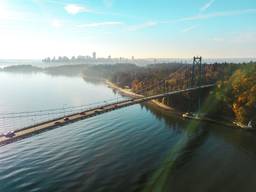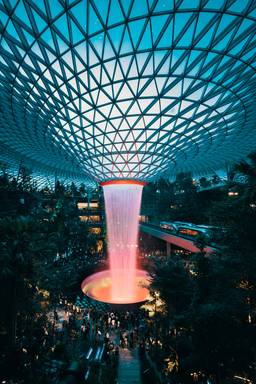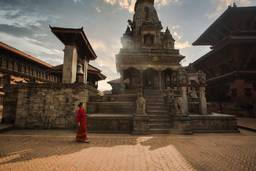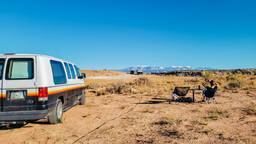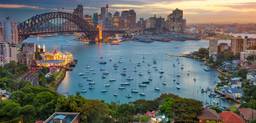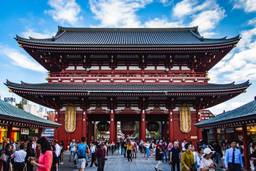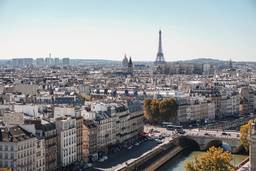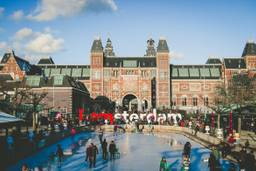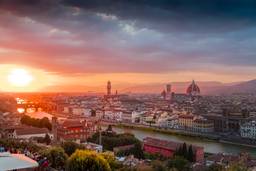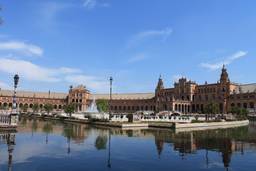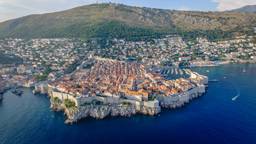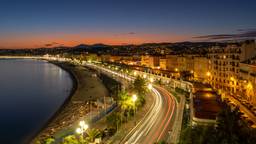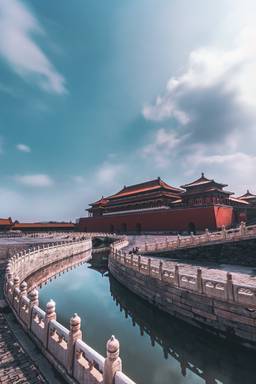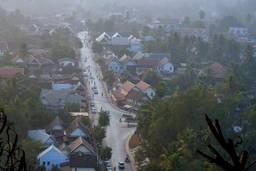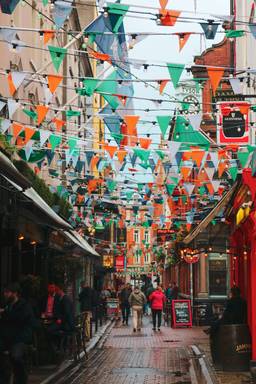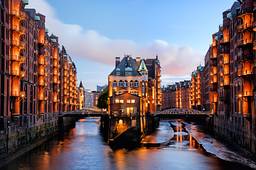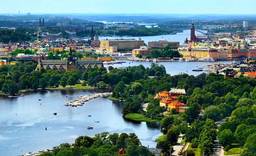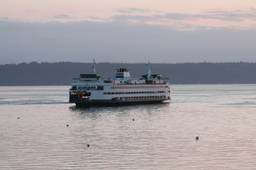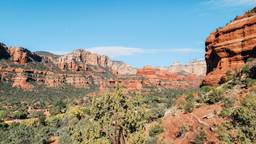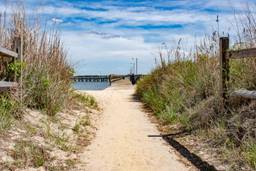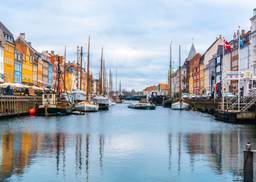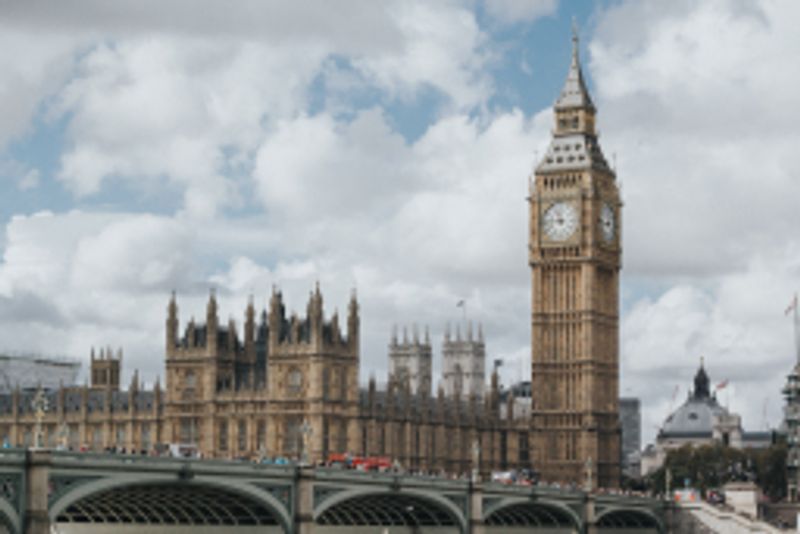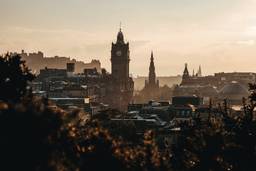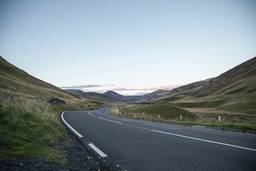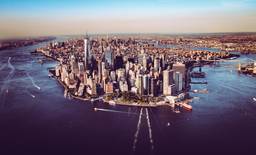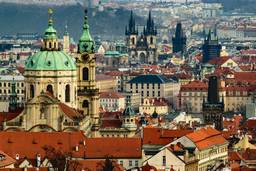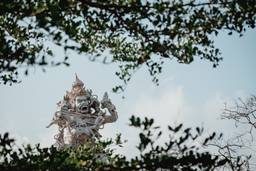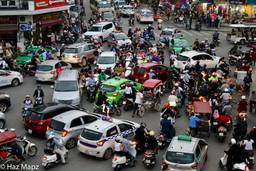A Weekend Guide to Seville
Travel Itinerary
Itinerary Contents
Itinerary Introduction
Magic, charm, orange blossom scent, colourful dresses and flamenco music… There are many reasons to explain why the Southern capital of Spain is so fascinating and has won everybody’s heart for decades. For many visitors, the essence of the country is represented in this city blessed with long-lasting traditions, a delicious gastronomy and open-hearted, fun people. After a visit to Seville, if you are not completely in love with the city, you can ask for your money back! Since Seville has a lot to offer in many aspects, you will find here an itinerary to help you make the most of your two-day visit. Photo credit: Jacob DíazUseful information about Seville
The history of Seville
Andalucía, or the Southern region of Spain whose capital is Seville, is the cradle of Spanish cultural traditions such as flamenco or the “Sevillanas” dance. It’s also related to bullfighting, a controversial tradition that is cherished by older citizens and questioned by many young ones. Not in vain, this dance of the matador or torero with the impressive toro bravo, an animal that weights half a tonne, was made famous the world over by universal writers such as Hemingway. The world of the twenty-first century doesn’t accept the torture of an animal in the name of art or tradition, but bullfighting still attracts lots of visitors and is still an important part of Sevillians’ way of life.The language in Seville
If you are learning Spanish, you may find the accent of Sevillians a little difficult to understand, but they will compensate with their welcoming nature and sense of humour.Best times to visit Seville
The weather in the South of Spain is warm and in the summer months the heat is quite extreme. On the other hand, in winter, temperatures don’t usually go below zero but the best season to visit Seville is certainly spring. The flowers blooming and the incredible scent of orange flowers and jasmine, together with the mild temperature, make it the best moment of the year to visit a city that captivates you through your senses, as the inhabitants say. The only thing to take into account is that in spring, there are two very important celebrations for the Sevillians: The Feria de Abril, or April Fair, and Easter.Getting around in Seville
Seville doesn’t have a transportation network as extensive as the one in Madrid or Barcelona, but getting around by metro or bus is still an interesting option. The best way to save money in that sense is to buy a card called “Tarjeta turística” for 1 or 3 days, for 5 or 10 euros respectively. You will have unlimited journeys for all the family.Local customs in Seville
It’s very difficult to imagine how people from Seville celebrate Easter if you haven’t been there during that time. Holy Week processions take place in different parts of the city, carrying heavy floats with the figures of virgins and Christ belonging to the different brotherhoods. It’s really something worth living once in your life. The problem is that the city is packed and if you don’t plan ahead, it will be impossible to find accommodation. The other drawback is that these festivals result in the highest price of hotels. Seville’s most cherished and popular celebrations continue three weeks later with the Feria de Abril, a fair which takes over the city for a week with its colours, music, food and joyful atmosphere. It begins with the “alumbrao” or lighting of all the fair lights, and for seven days there is constant dancing, tasting of delicious (and fatty) food and white wine in the fairground. In fact, the night of the “alumbrao” is also known as the night of “pescaíto frito” (fried fish). The typical dance of the region, the “Sevillanas” contributes to the colour and cheerfulness of the atmosphere. The problem of finding hotels and not paying extremely high prices is also true during the week of the Feria. Another detail is that many “casetas” or stands of the fair are private and you need to know someone there to be invited. If you don’t know anyone in the feria, you will be able to walk the fairground seeing people having fun and go to the few stands which are public, normally political party stands. The last thing to know about the fair is what exactly is “rebujito” (little mixture): white wine from the region, lime soft drink, mint and ice. It’s refreshing and when you are sweating from dancing sevillanas you will long for it, but be careful with how many glasses you take because you could get really drunk in half an hour!Seville - Travel Itinerary
Day 1
Seville River Cruise
| Category | Price | Restrictions |
|---|---|---|
| Standard | 15.00 EUR | |
| Kids | 2.00 EUR | Under 12 |
Torre del Oro
| Category | Price | Restrictions |
|---|---|---|
| Standard | 3.00 EUR | |
| Group | 1.50 EUR | |
| Students | 1.50 EUR | |
| Kids | 0.00 EUR | Under 6 |
| Seniors | 1.50 EUR |
Bodega Las Columnas
Getting there
It’s time to take your first tapas lunch in Seville, because you will probably be hungry after the boat ride and the visit. Walking for 13 minutes in the beautiful quarter of Santa Cruz, along Almirante Lobo Street and then turning left at Puerta de Jerez and walking along San Gregorio Street, you will reach Bodega Santa Cruz “Las Columnas”.
Cathedral of Seville
| Category | Price | Restrictions |
|---|---|---|
| Standard | 10.00 EUR | |
| Students | 5.00 EUR | |
| Kids | 0.00 EUR | Under 14 |
| Seniors | 5.00 EUR |
Getting there
Our next stop is only 2 minutes away on foot along Mateos Gago street, and it’s easy to see it from far away: it’s the set of the Cathedral, the Giralda and the Alcazar.
Plaza de España
Getting there
The Plaza de España (Spain Square) is another must-see in Seville and the distance from the Cathedral is not far. If you want to walk and enjoy the beauty of the district of Santa Cruz, you have to follow Avenida de la Constitución until Puerta de Jerez and then turn to Palos de la Frontera Street until you reach your destination. This will take around 18 minutes. The public transport option is not very beneficial because you would only gain 5 minutes.
María Luisa Park
Getting there
You don't need to travel to your next stop, because in fact you are already there!
Mirador San Fernando
Getting there
After walking the park, you will certainly be thinking of a place where you can sit, and take advantage of the treats of Sevillian gastronomy. If you leave the park through the gate that exits on Avenida de Portugal and take the Avenida del Cid you will arrive at the University. Apart from enjoying the sight of this beautiful building, the restaurant you are looking for is right there.
El palacio andaluz
| Category | Price | Restrictions |
|---|---|---|
| Standard | 39.00 EUR |
Getting there
The day in Seville is not finished if you haven’t visited a tablao flamenco (the term “tablao” refers to the floorboard where flamenco shows are performed). It’s difficult to recommend one that isn’t touristy and at the same is not too “expert level” because then it can be a little overwhelming. One of them is located on the other bank of the river, so the best way to get there will probably be by taxi, because it’s too far to walk and the public transport takes too long as well. By taxi, you will be there in 13 minutes.
Day 2
Museum of fine arts
| Category | Price | Restrictions |
|---|---|---|
| Standard | 0.00 - 1.50 EUR |
Getting there
A solid Spanish breakfast will give you strength to tackle the second day of the trip. You will start contemplating some art, at the Museum of fine arts, of course. You have several bus lines (03, 27, 32) and also L1 of the metro to get there easily.
Bullfighting ring of La Maestranza
| Category | Price | Restrictions |
|---|---|---|
| Standard | 10.00 EUR | |
| Students | 6.00 EUR | |
| Kids | 6.00 EUR | Under 11 |
Getting there
Walking along Gravina Street for ten minutes you will be able to see a symbolic building, cherished by Sevillians: the bullfighting ring of La Maestranza.
Bar Triana
Getting there
It’s high time to get to know the other bank of the Guadalquivir River, the iconic quarter of Triana. We are headed to our next gastronomic stop, Bar Triana. In order to go there we just have to cross the river through the Cristo de la Expiración River, and then turn left on Castilla Street.
Triana quarter
Notes
Triana is the symbol of creativity, art and freedom in Seville. Walking along its little streets it will not be uncommon to hear the sound of a guitar, or a flamenco “cante” or the tapping of flamenco dancers in some school of the neighbourhood. Several famous dancers, such as Antonio Canales or Remedios Amaya were born in Triana, and also famous singers such as Isabel Pantoja.
Getting there
After lunch, if you can resist the drowsiness, you just have to walk around Triana.
El Rinconcillo
Getting there
The best way to come back to the other bank of the Guadalquivir is crossing the Isabel II Bridge, popularly known as the Triana Bridge. We are headed to the oldest bar in Seville, and to get there you can walk for 20 minutes along Reyes Católicos Street or, if you are tired and want to spare some strength for the rest of the evening, you can just take a taxi. Public transport will take longer that walking, incredible as it may seem!
Bar Garlochí
Getting there
If you have energy left in you, the Sevillian night life will be waiting. After eating at a must such as El Rinconcillo, another “nightlife must” is awaiting in the corner. After a four-minute walk along Apodaca Street, there you are, in Boteros Street.
About the author
I love languages and writing about the places I love - so that visitors can enjoy them as much as I do. I have been a freelance translator and content writer for some years now, and I hope to have helped many travellers with my tips!
Reviews
Login to write a review

